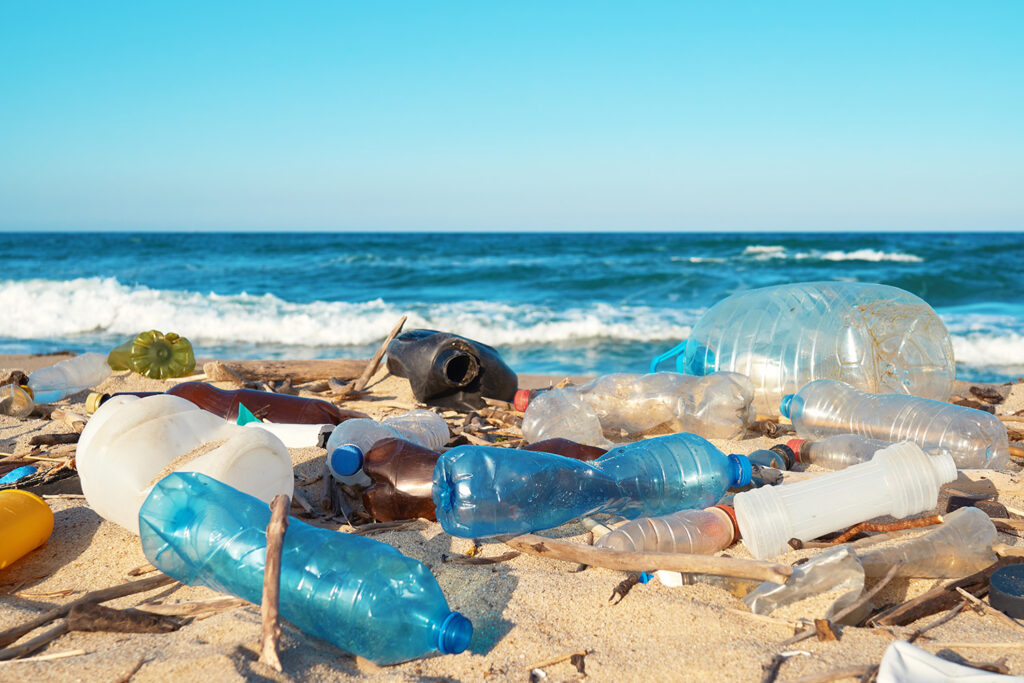
Bioplastics: Is Bioplastic another False Solution?
Plastic pollution is a serious problem, and sometimes the solutions presented to us can be just as problematic. This is the case with bioplastics—the supposed eco-friendly alternative that promises to save us from the clutches of traditional plastics. Is it all just a greenwashing scam? Let’s take a closer look at the world of bioplastics and see if they live up to the hype.
Bioplastics are derived from renewable sources like corn starch or cellulose, rather than fossil fuels. Sounds innocuous, right? Well, hold on to your reusable shopping bags, because it is complicated.
First off, not all bioplastics are created equal. Some are chemically identical to their petroleum-based counterparts, with the only difference being where they come from. So, while they may be derived from plants, they can still have similar environmental impacts.
And what about their biodegradability? Well, here’s where things get really tricky. Most bioplastics are not as biodegradable as they’d like us to believe. They often require special processing under specific conditions to break down. So, that “biodegradable” label on your bioplastic cup doesn’t mean it will magically disappear over a couple of weeks or months. It might take years, or even decades, to fully decompose. Meanwhile, wildlife gets poisoned eating it, as do humans. Repeated studies have found high levels of harmful and persistent chemicals, PFAS, in compostable food packaging.
Bioplastics can also perpetuate the single-use plastics conundrum. The convenience and affordability of single-use bioplastic products encourage their overconsumption and inadequate disposal. We’re just swapping one throwaway culture for another. It’s like trying to solve a Rubik’s Cube by rearranging the colors—sure, it looks different, but it’s still the same puzzle we’re stuck with.
And let’s not forget about the impact on agriculture. Some bioplastics rely on crops like corn or sugarcane for production. This creates competition for land and resources that are also needed for food production. So, while we’re patting ourselves on the back for using “eco-friendly” bioplastics, we might inadvertently be driving up food prices or affecting the availability of certain crops. Other products like bamboo require chemicals to transform it into serveware. Regardless of the material, all disposable products must enter a supply chain that usually requires fossil fuels for distribution, and more fossil fuels to dispose of it whether at a landfill, at an incinerator or a facility that composts biodegradable plastics.
The real solution is to reduce our overall plastic consumption and embrace reusable and sustainable alternatives. Let’s go back to the good old days of glass bottles and ditch those flimsy plastic bags. It’s time to ask ourselves the tough questions: Do we really need that plastic-wrapped avocado? Can we survive without single-use water bottles? It’s time to rethink our choices and opt for products that truly make a difference. Above all, we need political will to institute regulations that will result in source reduction of single use plastics and embrace a regenerative circular economy.
In the end, bioplastics are not the knight in shining armor many were hoping for, but they can serve as a reminder that true change starts with holding corporations and polluters accountable. Let’s elect leaders who will put people first, reduce the industry’s footprint, and be the change we wish to see in the world.